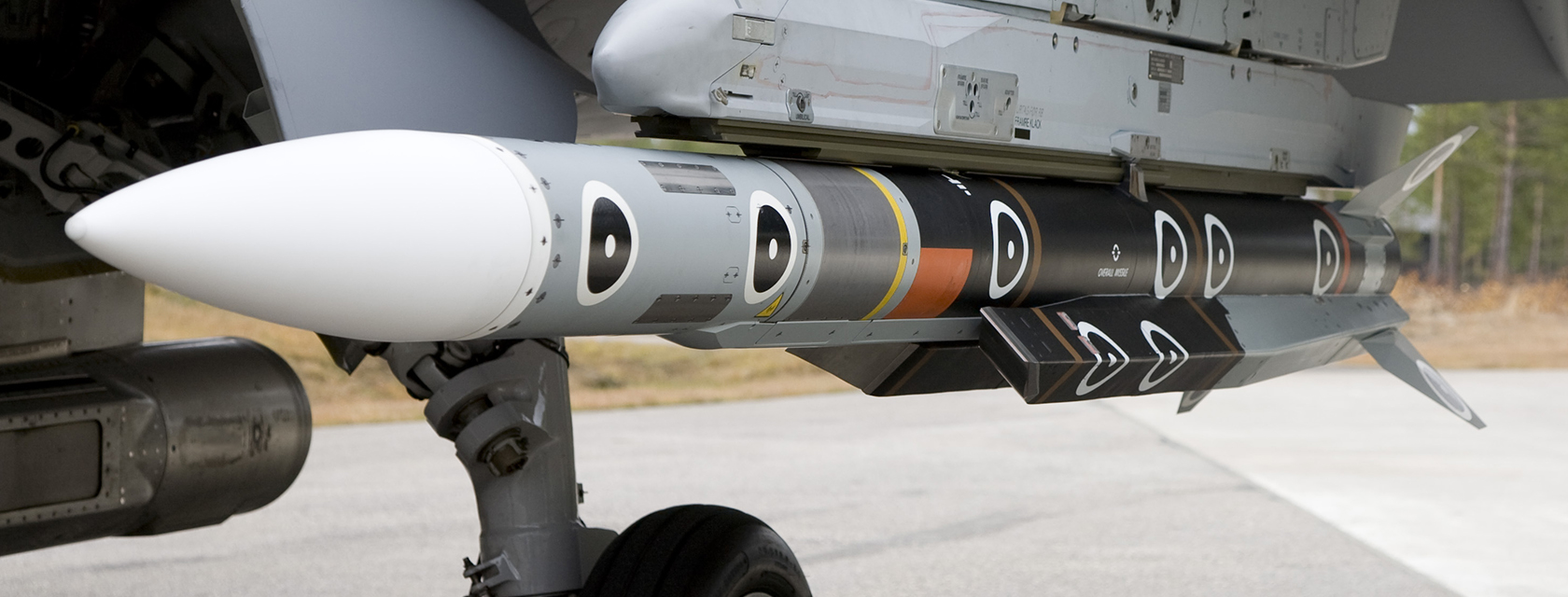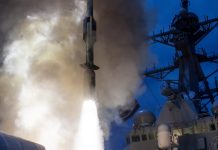Despite Rafale jets winning the first duel against Gripen aircraft, Sweden recently made a fresh bid to sell its SAAB Gripen fighter jets to India as the Indian Air Force looks to acquire 114 fighter jets to replace its aging fleet of Soviet-era jets.
Swedish defense minister Peter Hultqvist made a strong pitch of the evolving Swedish fighter jet to the Indian government, saying the deal was “100 percent supported by his government.”
- Watch: The Ultimate Dogfight Between US & Russian Fighter Jets Over A ‘Top-Secret’ Air Base In Nevada
- 30 Times Faster Than Speed Of Sound: Is China Really Winning The Hypersonic Race With Its JF-22 Wind Tunnel?
“The ongoing multirole fighter aircraft procurement where the Gripen fighter concept offered by SAAB is a good example of transfer of technologies and is supported 100 percent by the Swedish government,” Hultqvist was quoted as saying in an Indian defense manufacturers webinar on 8th June.
This is the second time this year that Sweden has pitched its Gripen jets to India. On 5th March, India’s PM Modi met his Swedish counterpart Stefan Lofven in a video conference, where the two leaders are said to have discussed key matters on various subjects including the sale of Gripen fighter jets.
After the IAF issued a tender to acquire 114 Multi-Role Fighter Aircraft worth over $15 billion to replace its old MiG fighters as well as make up the numbers in its depleting squadrons, SAAB has been lobbying to get India’s attention.
Although there would be bigger players in the fray, which includes Lockheed Martin’s F/A-18 and F-21, Dassault Rafale, MiG-35 and Sukhoi-35, and Eurofighter Typhoon.
SAAB Gripen Jets
The light-weight fighter Gripen fighter jet was also one of the six contenders in the race for the earlier MMRCA deal for 126 fighters, which later ended up with India buying 36 Rafale jets in flyaway condition.

Combined with its lightweight, low radar signature and the ability to penetrate enemy air defenses, the Gripen is considered a formidable aircraft.
The multi-role Swedish combat aircraft comes with a delta-canard configuration and boasts of a digital fly-by-wire control system. Its powerful search and tracking radar allows for “look-down/shoot-down” capability and has a “track-while-scan” feature available for the pilot to assess multiple targets in real-time.
- At €7.8B, Why Indian Rafale Jets Are ‘Double The Cost’ Than Egyptian Rafales?
- Why Did Netizens ‘Mock’ Nigeria For Importing JF-17 Jets From Pakistan?
What stands apart in Gripen NG is its data link, which is rated as the world’s most advanced. Data links are key to modern air combat and a lot depends on them.
The new integrated Electronic Warfare System (EWS) makes Saab a beast, and it features a 360-degree spherical Missile Approach Warning System (MAWS). The level of situational awareness available to a pilot of the Gripen jet is simply unprecedented and gives them a decisive edge.

Another significant feature of the Gripen NG is the diversity of the range of weaponry it can carry – not to mention the advanced Meteor beyond visual range air-to-air missile (BVRAAM) which comes with a range of about 150 kilometers. Even Rafale is equipped with Meteor missiles.
The Gripen E variant has the capacity to carry up to seven MBDA Meteor missiles, and the aircraft boasts of the Leonardo ES-05 Raven Active Electronically Scanned Array (AESA) radar, along with Leonardo Skyward G infrared search and track (IRST) sensor.
Gripen vs Rafale Jets
According to leading aviation experts, the SAAB Gripen has been the cheapest contemporary fighter to operate. At $4.68 billion, SAAB signed a deal with Brazil in 2015 for the sale and local manufacturing of 36 Gripen, which is half of what India paid for the same number of Rafales from France.
Why SAAB Gripen Jets Have ‘Wreaked Havoc’ On Both F-16s & Rafales In Global Arms Market?
According to SAAB India head Ola Rignell, “Gripen has the same weapons package as Rafale including the Meteor air-to-air missile,” he told The Print back in 2019. He added that Gripen was carrying all the NATO missiles with the exception of the SCALP missile which is French.
Rignell even offered to integrate SCALP with Gripen if India desired. Both Meteor and SCALP are manufactured by the European company MBDA, and according to Rignell, both these companies found Gripen to be the most mature jet to test these missiles on.
However, even with all these assurances, the Swedish fighter has failed to impress the Indian Air Force multiple times, despite coming up with newer variants of the aircraft.
It turns out the fighter did not meet the technical specifications and capabilities that the IAF was looking for. And there are many other factors that the decision-makers take into account while processing such big procurement orders.
Why Gripen Jets Failed To Convince India
One major factor irking India has been SAAB’s decision to sell early warning aircraft systems to Pakistan, which had used them a day after Balakote strikes in 2019 against a dogfight with India.
In June that year, Air Chief Marshal B.S. Dhanoa expressed his displeasure at the decision of the company while on a visit to Sweden.
Following India’s airstrike at Balakot in Pakistan, one of the crucial aircraft deployed by Pakistan was the Erieye airborne early warning and control (AEW&C) system, supplied to them by SAAB. Improved data links and the optimum use of electronic warfare suite by the PAF fighters had reportedly proved lethal for the IAF aircraft.
Pakistan is understood to possess at least six SAAB 2000 AWACS, along with Saudi Arabia, which has two of the systems. Although Rignell had claimed that his company was selling no new aircraft systems to Pakistan.
Has SAAB eliminated any chances of making it to the new MMRCA fighter deal rolled out by the IAF? Not under the present geopolitical atmosphere, the experts say.
With SAAB’s weapons sales happening to India’s arch-rival Pakistan against whom it has fought innumerable wars, it will be very hard for the company to get a spot in the bid for such a prestigious deal meant to fill the gap in the capabilities of the IAF.
Another factor, experts say, has been the low political influence of Sweden as a country on the world stage and on major forums, where other nations such as France had a major stranglehold.
France has veto power at the UN Security Council and with its political heft, France has lobbied for India at many forums, something a country like Sweden cannot do.
As it turns out, money is not the only thing that matters in such mega-deals.





